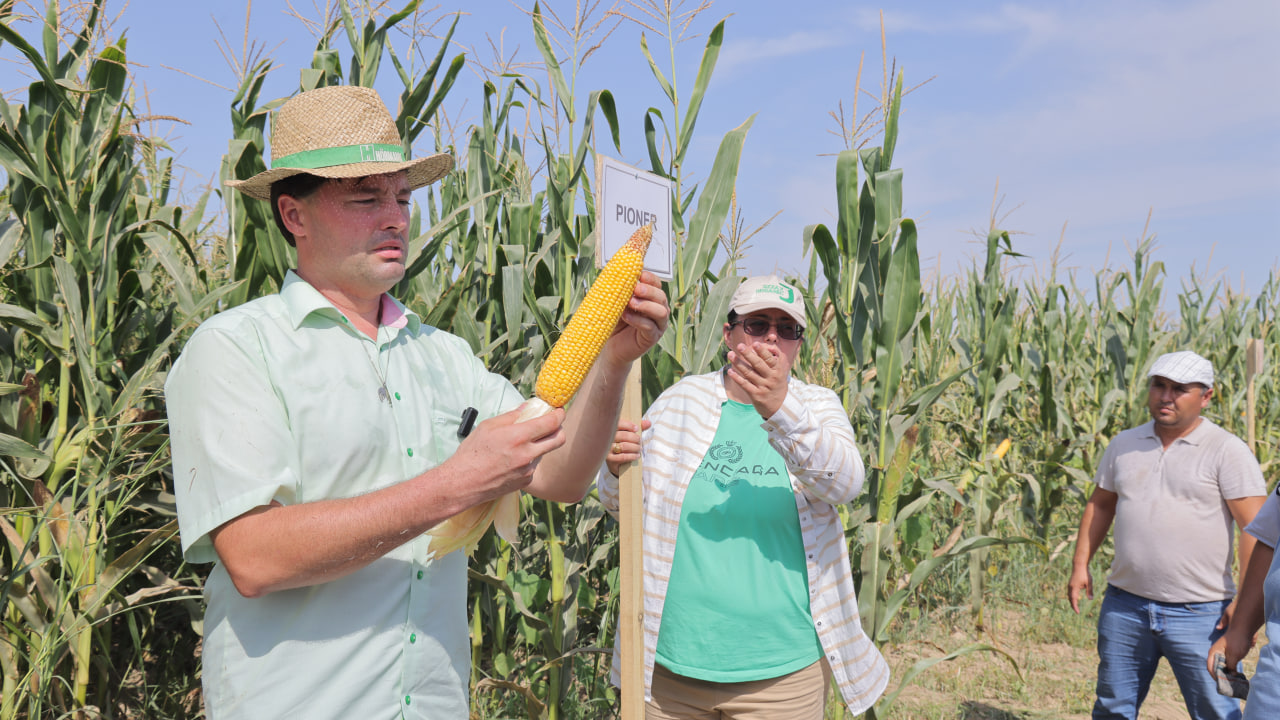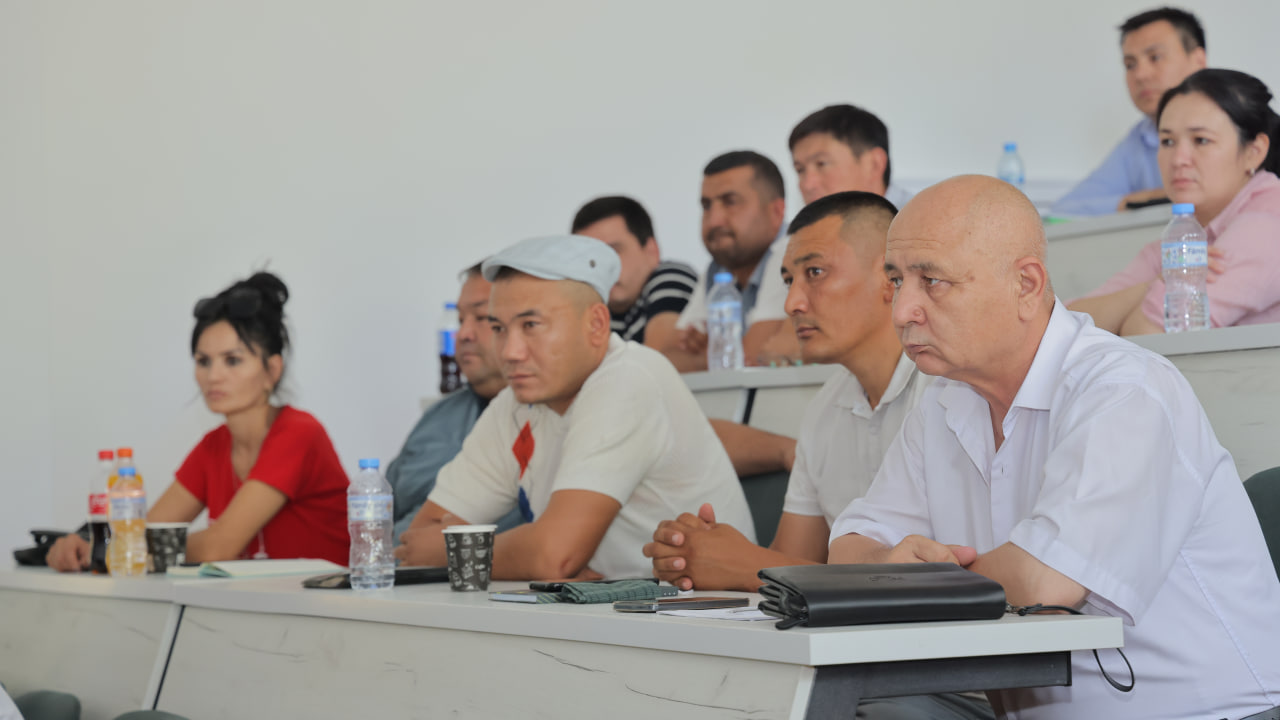Enhancing Maize Cultivation Excellence

The International Agriculture University’s Capacity Building Center (CBC) recently hosted a highly informative training workshop focusing on “Achieving Excellence in Maize Cultivation.” This two-day seminar, held on July 27-28, welcomed the presence of Robert Grimm, a well-known specialist and agronomist from Germany. Mr. Grimm generously shared his invaluable theoretical insights and extensive practical experience in the realm of maize cultivation.
A Key Aspect Highlighted by Mr. Grimm was the optimal approach to sowing maize. He emphasized the significance of soil temperature during the planting process, advising farmers to sow maize at a depth of 5-6 cm when the soil surface temperature reaches a minimum of 10 degrees Celsius. This temperature range typically corresponds to the weather conditions prevailing in Uzbekistan towards the end of March. Additionally, considering the challenge of global water scarcity, Mr. Grimm stressed the need to transition from conventional irrigation methods to rain-fed irrigation, enabling a more rational and sustainable water usage pattern. To demonstrate the effectiveness of this approach, he pointed to an experimental plot where water consumption was significantly reduced while maintaining a consistent level of productivity.
The Purpose-Driven Planting Approach: Understanding the purpose of maize cultivation, whether for silage or grain, is essential. For silage production, Mr. Grimm recommended planting 9 grains per square meter, while for grain production, 7-8 grains would suffice. He emphasized the importance of proper plant spacing to facilitate optimal growth and discourage overcrowding that may hinder the healthy development of maize plants.

Insights on Irrigation: During the workshop, Mr. Grimm provided practical irrigation recommendations. Under traditional irrigation methods, 3-4 irrigations after sowing are typically required. In contrast, rain-fed irrigation demonstrated remarkable efficacy, with water consumption substantially decreasing after the 15th irrigation. Additionally, to control maize diseases effectively, crop rotation is crucial, ensuring that maize is not cultivated in the same area for a minimum of three years. Furthermore, after harvesting, it is advised to manage the remaining stalks and soil properly to minimize the occurrence of diseases.
Vibrant Exchange and Adoption of Best Practices: The second day of the workshop witnessed lively discussions and fruitful exchanges of ideas. Such training seminars serve as invaluable platforms for adopting and implementing foreign best practices, ultimately leading to improved productivity and sustainable agricultural practices.
At the International Agriculture University, we remain committed to promoting excellence in maize cultivation and fostering a culture of knowledge-sharing and innovation. Through workshops like these, we aim to equip farmers and agronomists with the latest techniques and strategies to ensure a prosperous and sustainable future for agriculture.